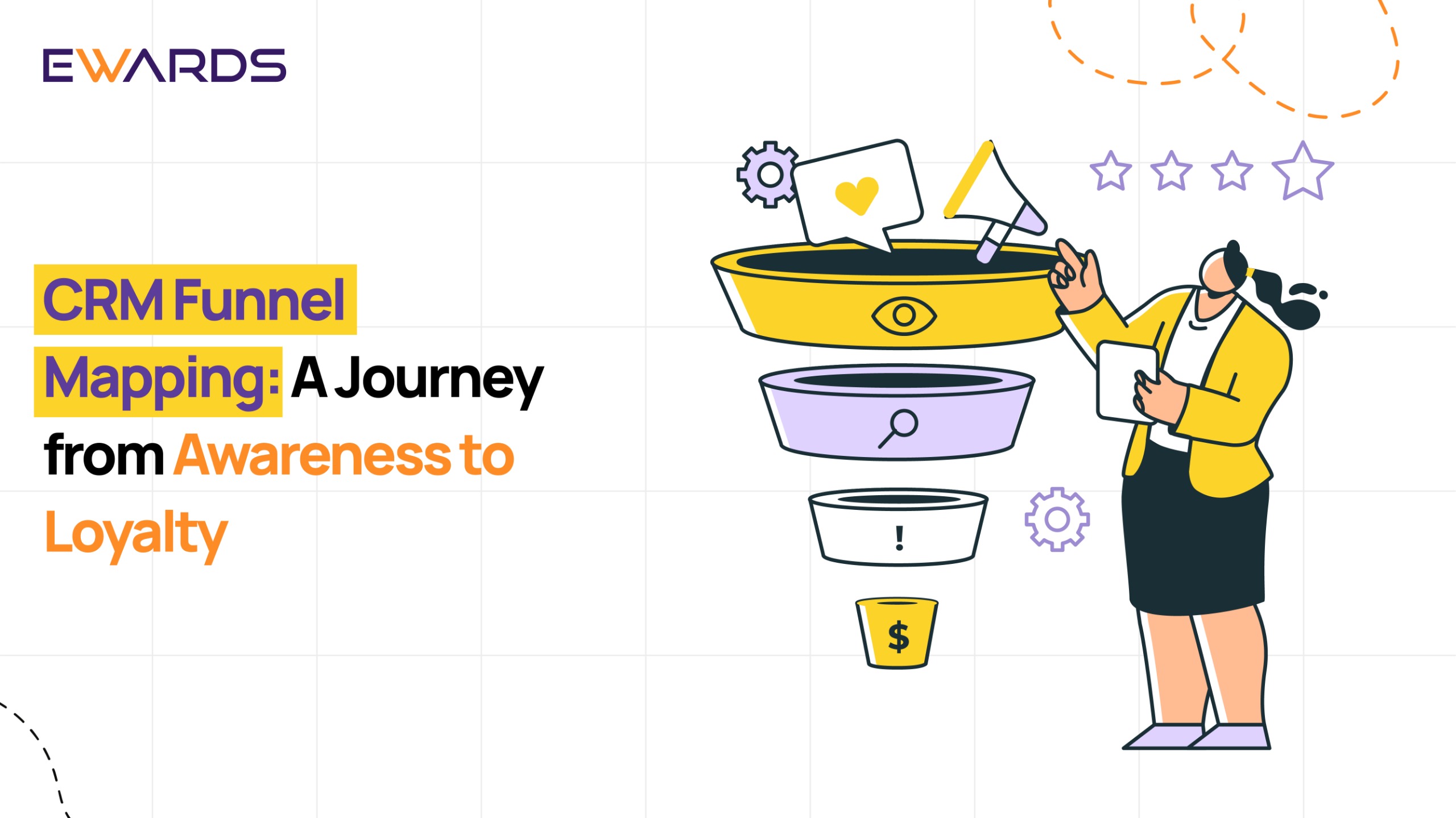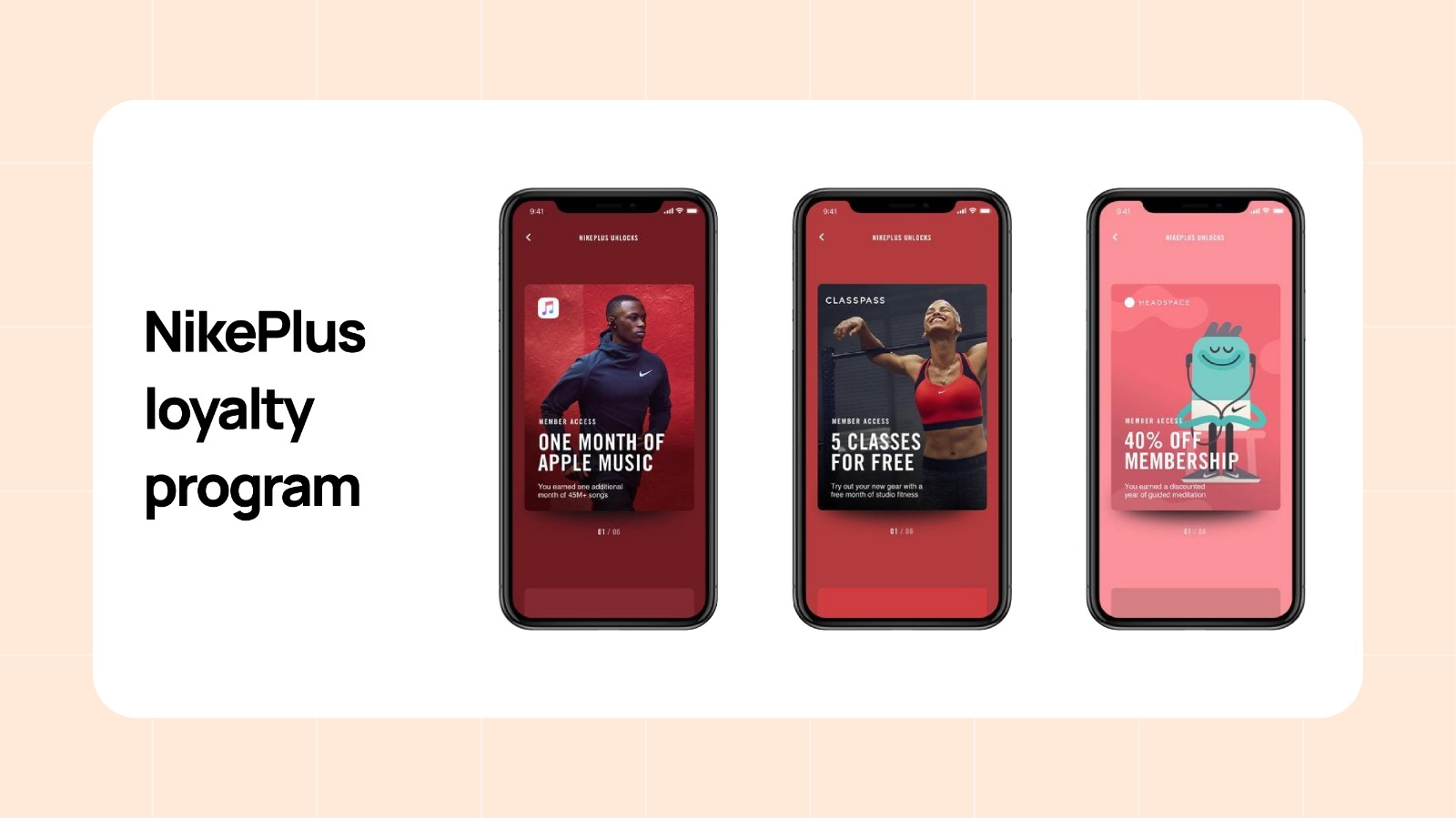
Did you know that, according to the ABBYY report, 90% of businesses lose potential customers during the digital onboarding process?
Businesses are no longer competing to make one-time sales; instead, they are racing to build lasting relationships with their customers. The Zendesk study reveals that loyal customers can be worth up to 10 times more than their first purchase value over time. But how do you turn a first-time buyer into a repeat customer? The answer lies in CRM funnel mapping.
In this blog, we will explore the critical aspects of CRM funnel mapping, how to apply the AIDA Model, and why it’s essential for turning customers into loyal advocates who keep coming back.
What is CRM Funnel Mapping?

Only 22% of businesses are satisfied with their conversion rate. This indicates that many businesses are missing key opportunities in guiding their customers through a seamless journey. So, what’s the solution? CRM funnel mapping.
CRM funnel mapping is a framework that businesses use to understand, track, and optimize the customer journey. It involves identifying different stages that a customer moves through from first encountering a brand to becoming a loyal, repeat buyer. It is a process of structuring your customer interactions in a way that maximizes engagement, conversions, and retention.
CRM systems help automate and streamline this process by storing and analyzing customer data, providing insights on behavior, preferences, and engagement patterns. By mapping out this journey, businesses can:
- Track customer interactions across various touchpoints
- Segment customers based on their behaviors
- Personalize messaging and offers
- Measure the success of each touchpoint in the funnel
A well-defined CRM funnel helps businesses create a seamless experience for their customers, thus making sure that no step in the journey is overlooked.
The AIDA Model – Backbone Of Your CRM Funnel
The AIDA Model is a time-tested framework that has been used for understanding the stages of a customer’s journey and is at the core of CRM funnel mapping. The four key stages are:
- Attention (A): This is the first stage where you capture the customer’s attention.
- Interest (I): Once attention is gained, you generate interest and engage the customer further.
- Desire (D): At this stage, you create a strong emotional desire for your product or service.
- Action (A): The final stage where the customer takes action, whether it’s making a purchase, signing up, or engaging with your brand in some other meaningful way.
Each stage requires a different set of strategies, and CRM tools help to automate and personalize the messages at each stage.
A Step-by-Step Guide For Mapping Your CRM Funnel
Mapping your CRM funnel is the key that every customer touchpoint is optimized for maximum engagement and conversion. By using the right tools and tactics at each stage of the funnel, you can seamlessly guide potential customers from awareness to action, building long-term loyalty along the way. Here’s a step-by-step guide on how to map your CRM funnel effectively:
Step 1: Awareness
The first step in your CRM funnel is to introduce your brand and capture your audience’s attention. This is when potential customers first become aware of your business and what you offer.
CRM Tool: Use tools like lead capture forms (e.g., HubSpot, Typeform) to collect information from visitors. These forms allow you to gather essential details such as name, email, or interest area, which can then be used for further segmentation.
Tactic: Offer something of value upfront, like a free eBook, webinar, or trial, to entice visitors to share their contact details. This makes them more likely to engage with our brand.
Step 2: Interest
Once you’ve gained their attention, the next stage is to build interest. Now, you need to engage your audience and show them why your brand is worth their time.
CRM Tool: Automated email sequences are a great way to nurture leads. These emails can automatically send helpful information based on the actions customers take on your website, guiding them through their decision-making process.
Tactic: Send personalized content to keep the conversation going. For instance, if someone downloaded a free resource, send them additional materials or invite them to a webinar that addresses their needs.
Step 3: Desire
At this stage, you want to turn your potential customers’ interest into desire. The goal is to create a strong emotional connection, making them feel that they need your product or service.
CRM Tool: Use behavioral tracking tools to monitor how customers interact with your website. This helps you send relevant offers and reminders based on their actions.
Tactic: Leverage urgency and social proof. For example, showing how many people are looking at a product or how limited the stock is can create a sense of urgency.
Step 4: Action
The final stage of your CRM funnel is getting customers to take action, whether that’s making a purchase, signing up for a newsletter, or engaging with your brand in some way.
CRM Tool: Automated checkout reminders and cart abandonment emails are key tools here. These reminders can help recapture abandoned carts and convert them into sales. Studies show that sending one cart reminder email after one hour of cart abandonment yields at least 20% of conversions.Tactic: After a customer makes a purchase, send a thank-you email that not only appreciates their business but also encourages future interactions, such as joining a loyalty program.
Turning Customers Into Loyal Advocates
It’s easy to focus on the Action phase, but the real power of CRM funnel mapping lies in the post-purchase engagement. Creating a loyal customer is about nurturing relationships even after the sale. This is where CRM systems really shine.
Loyalty Programs and Referrals: Use CRM tools to create tailored loyalty programs that reward repeat customers and encourage referrals.
- Stat: According to Business.com, returning customers spend 67% more than new ones.
Personalized Follow-Ups: After a customer makes a purchase, follow up with personalized emails asking for feedback or offering complementary products. The more you personalize their experience, the more likely they are to return.Real-life Example: Apple excels at turning customers into loyal advocates. Their personalized post-purchase follow-up emails and loyalty programs ensure that customers continue to engage with their brand well beyond their initial purchase.
Nike’s Funnel Mapping Strategy for Building a Loyal Customer Base

Image: Nike Funnel Mapping from different touchpoints
Source: Fiona Engelhardt, Medium
Let’s take a look at how Nike has implemented CRM funnel mapping to build a loyal customer base.
NikePlus loyalty program is a prime example of CRM funnel mapping in action. The brand uses its CRM system to track user behavior across various touchpoints, whether it’s through the Nike app, website, or in-store. They gather data on each customer’s preferences, purchase history, and workout routines to create a personalized experience.
- Attention: Nike captures attention through targeted ads and influencer collaborations.
- Interest: Once a customer expresses interest, Nike uses personalized content, offers, and workout challenges to engage them.
- Desire: Nike creates desire by offering exclusive access to products, discounts, and special promotions for loyal customers.
- Action: Nike then prompts users to take action through personalized notifications and reminders.
This CRM-driven approach has helped Nike build a loyal community, increasing their customer retention rate and driving substantial revenue growth.
Conclusion
The CRM funnel mapping combined with the AIDA model provides a structured framework that allows businesses to convert one-time buyers into loyal customers. By understanding each stage of the customer journey and utilizing CRM tools to personalize engagement, businesses can enhance conversions and build long-lasting relationships.
The true power of CRM lies in its ability to automate, analyze, and optimize every step of the customer journey, from initial awareness to loyalty. By continuously mapping and optimizing your CRM funnel, you can not only boost sales but also foster customer loyalty that will pay dividends for years to come.
Implement CRM funnel mapping today and watch your customer base transform into a community of loyal advocates!